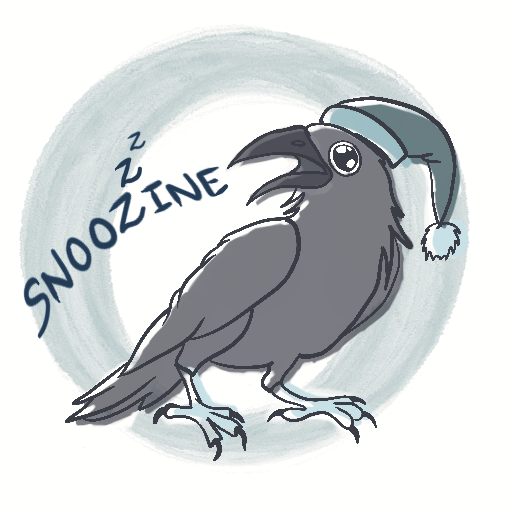
I grew up when movie rental stores were still a thing. At my local store, there was a glass divider at the checkout that separated customers from the wall of horror movies behind them. As my mother checked out our spoils—usually Ape Escape and a family movie—I would examine every movie cover there. Hellraiser. Friday the 13th. Nightmare on Elm Street. Immediately, I was hooked on horror movies. But, of course, I was a child, and some of them terrified me. So I developed a litmus test of sorts to determine whether a movie would and could scare me. I asked myself a simple question: Could any of this happen in real life? In my tiny mind, a killer akin to Jason Voorhees could indeed live in my very town; therefore, Jason and every Friday the 13th movie was deemed scary. At the time I hadn’t yet determined whether ghosts were real or not, so they were still allowed to scare me, too. However, monsters that were clear works of fantasy (werewolves, vampires, zombies, etc.) were definitively NOT scary to me. They were fun works of imagination, sure, and I may or may not have imitated them on the playground, but they held no power over me as a child because I knew without a doubt that these monsters could never actually harm me.
Higher education killed the validity of this test. As I grew and dived deeper into my studies, I came to learn that while, yes, monsters are not real in a literal sense, they are based on real people. You see, these monsters are simply fictional representations of the parts of ourselves and others that we fear. That is the real power in monster fiction—it takes the worst of humanity and gives it a face we are willing to hate and fear. It is simply a mask for us to wear so that when the mirror is turned on us, we won’t have to see ourselves in the horrid reflection.

What is Monster Horror?
Monster Horror is a subgenre of horror fiction that utilizes elements of fantasy and science fiction to bring forth terrifying creatures and creations. These stories are based around the destruction and fear caused by the central monsters. Human characters in these stories often struggle to defeat or escape these monsters, resulting in hair-raising encounters, battles, and deaths. These characters might come upon classic monsters like vampires or monsters created from human folly like Godzilla or Frankenstein’s monster. Sometimes these monsters evoke a sense of the uncanny, of being so close to humanity and yet so disgustingly different. Even monsters who are so far from human that there is nothing in their physicality to identify with can still elicit a sense of similarity. This is because monsters that force the reader to feel certain levels of sympathy are the most impactful.
A massive body of scholarly literature is out there to more precisely explain the psychology behind why monster horror is so effective at helping audiences sympathize with “otherness,” so I won’t bore you with that here. However, I will say that historically, many marginalized groups have found themselves as anthropomorphized monsters in these stories. Understanding the history of this subgenre is just as important as understanding how it is represented now. If you want to stand out in this subgenre, I have a challenge for you: utilize the tropes we’ll be discussing throughout this monster horror series with intelligence and humility. Embrace the mistakes authors of the past have made so that you can provide an entirely new level of social commentary. And don’t forget to have fun with it.

Man-Made Monsters
Not all monsters are entirely supernatural. Some monsters are products of human behavior, intentional or not. When concocting a man-made monster, think about the consequences of playing god. Conversely, you might consider the lasting implications of human folly. This subgenre offers a unique take on the idea of consequences, which we’ll discuss in the coming weeks.

Vampires
Vampire stories are vessels for various themes in literature, making it an incredibly versatile subgenre to write in. While danger and otherness are common ways of looking at these blood-sucking creatures, there is also plenty of room to critique the nature of darkness, eroticism, and the nature of relationships. Vampire stories might feel overplayed right now—especially as it applies to romantasy—but rest assured, there are plenty of stories left to be told in this subgenre.

Werewolves
Werewolves often represent our deeper, uncontrollable animal nature—something many of us fear because we simply don’t understand it. Again, romantasy has taken this subgenre and, let’s say, kinked it up to a degree that it might feel difficult to contribute something new to the field. However, a deep dive into this varied subgenre might help you find a fresh, terrifying angle.

Zombies
With illness so centered in the modern media landscape, it’s no wonder that zombie tales have really taken off. This subgenre, often associated with widespread contagion, offers writers a chance to explore precarious “what if” scenarios that follow humanity to its end days. Again, zombies might feel overplayed, but trust us, there is still room to play around in this subgenre. Dig into the core of these monsters to really understand how to bring them to (un)life.

More Than a Costume
In the coming weeks, we’ll take an in-depth look at each of these horrifying creations. Hopefully, you’ll see that they are more than well-dressed Boogeymen—okay, sometimes their clothes are in complete tatters, but still. These monsters serve much more than aesthetic appeal in the stories they grace. Firmly situated in metaphorical spheres, these creatures might just be reflections of society that we simply don’t want to see.
